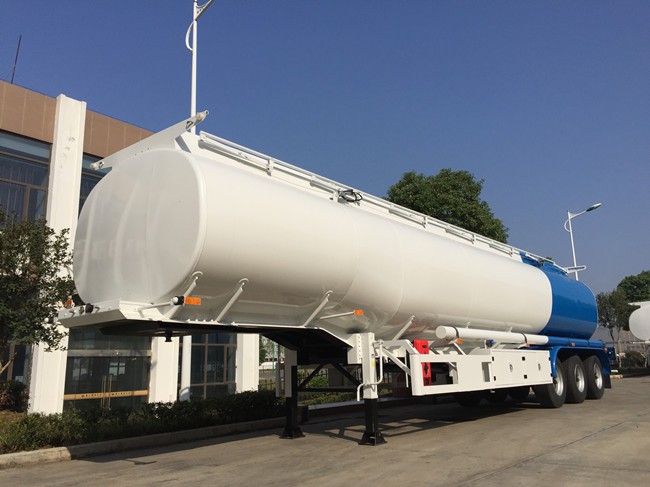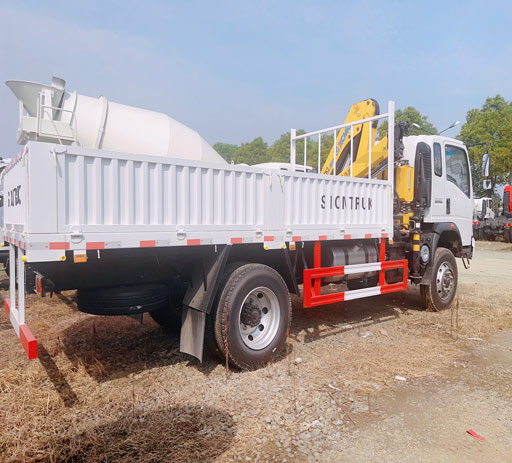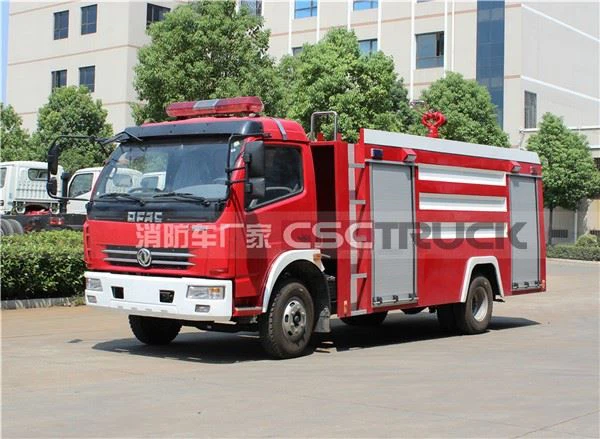How Much Can a Garbage Truck Lift? Understanding Their Capacity and Functionality

Garbage trucks are an essential part of urban infrastructure, helping to keep our cities clean and orderly. They come in various shapes and sizes, designed specifically to handle different types of waste. One common question that arises is, “How much can a garbage truck lift?” In this article, we will explore the lifting capacity of garbage trucks, factors that influence this capacity, different truck types, and how they operate, providing you with in-depth knowledge on this vital topic.
The Importance of Garbage Trucks in Waste Management
Garbage trucks play a critical role in maintaining public health and hygiene by removing waste from residential and commercial premises. They are specially engineered to handle different types of waste efficiently. Understanding how much these trucks can lift is crucial for proper waste management and operational efficiency.
Types of Garbage Trucks
Garbage trucks come in different types, each uniquely designed for specific lifting capacities and waste types. Here’s a breakdown of some common types:
1. Standard Garbage Trucks
Standard garbage trucks are commonly used for residential waste collection. They usually have a lifting capacity ranging from 10,000 to 30,000 pounds.
2. Front Loaders
Front loaders are designed for commercial waste collection. They feature a hydraulic lifting mechanism that can lift large dumpsters. Their capacity can reach up to 30,000 pounds or more.
3. Rear Loaders
Rear loaders are often used for residential or smaller commercial services. They typically have a lifting capacity similar to standard garbage trucks but can vary based on size.
4. Roll-off Trucks
Roll-off trucks are designed to carry large containers that can be easily rolled off and replaced. They can lift between 10,000 to 40,000 pounds depending on the container size and type.
5. Side Loaders
Side loaders automate the process, collecting bins from the side of the truck. Their capacities usually range from 15,000 to 30,000 pounds.
Factors Affecting Garbage Truck Lifting Capacity
Several factors can influence how much weight a garbage truck can lift effectively. Understanding these factors can help improve waste management practices.
1. Truck Design
The design of the truck, including its materials and construction, plays a significant role in its lifting capacity. Heavier and sturdier frames typically have higher loading capabilities.
2. Hydraulic System
Most garbage trucks utilize hydraulic systems to lift and compact waste. The strength and quality of this system significantly impact the truck’s overall lifting ability.
3. Bin Size and Weight
The size of the bins being lifted influences the overall capacity. Larger bins filled with heavier materials may exceed the normal lifting capacities.
4. Truck Weight
A fully loaded garbage truck can weigh substantially more than an empty one. Understanding the truck’s curb weight (weight without load) versus its gross vehicle weight rating (GVWR) is essential for proper operation.
5. Local Regulations
Different municipalities may have specific regulations that limit the weight of waste collected per trip. Understanding these regulations can affect how much waste a truck can collect without exceeding legal limits.
How Garbage Trucks Operate
Garbage trucks are equipped with various mechanisms for collection and compaction. Understanding these operations provides insight into their lifting capabilities.
1. Loading Mechanisms
Garbage trucks use hydraulic arms or compactors to scoop and lift waste containers. These mechanisms are powerful, allowing trucks to pick up significant weights while minimizing physical strain on operators.
2. Compaction Systems
Compaction systems compress waste to maximize capacity. A truck with an effective compaction system can handle a larger volume of waste than one without.
3. Safety Features
Modern garbage trucks come equipped with safety features that prevent accidents and promote safe handling of waste. Understanding these can ensure both the operators’ and public’s safety during collection.

Practical Examples and Tips for Effective Waste Management
Effective waste management is essential for urban areas. Here are some practical tips to optimize garbage collection and utilization of garbage truck capacities:
1. Proper Waste Segregation
Encouraging proper segregation of waste at the source can help in maximizing the efficiency of garbage trucks. For example, recyclables should be collected separately to ensure optimized recycling processes.
2. Regular Maintenance
Routine maintenance of garbage trucks is essential to keep the hydraulic systems, compaction mechanisms, and overall operation efficient. Regular checks can improve lifting capacity and durability.
3. Timely Collection Schedules
Establishing regular collection schedules can help prevent overflow and reduce the overall weight collected in each trip. Efficient scheduling can balance load and operational efficiency.
Challenges in Garbage Truck Operations
Despite their importance, garbage trucks face several challenges that can affect their performance. Here are some of the common challenges:
1. Overloading
Overloading can lead to truck damage, increased wear and tear, and potential safety hazards on the road. It’s vital to adhere to the recommended weight limits for each truck type.
2. Road Conditions
Poor road conditions can affect the performance of garbage trucks. Collecting waste in challenging terrains can cause additional strain on lifting mechanisms.
3. Environmental Regulations

Garbage trucks must comply with various environmental laws related to emissions and waste disposal methods. Awareness of these regulations can help operators avoid penalties.
Examples of Garbage Truck Capacities
Here’s a concise table illustrating the typical lifting capacities of various types of garbage trucks:
| Truck Type | Lifting Capacity (Pounds) |
|---|---|
| Standard Garbage Trucks | 10,000 – 30,000 |
| Front Loaders | 30,000 + |
| Rear Loaders | 10,000 – 30,000 |
| Roll-off Trucks | 10,000 – 40,000 |
| Side Loaders | 15,000 – 30,000 |
Future Innovations in Garbage Truck Technology
The waste management sector is evolving with technology. Innovations in garbage trucks are anticipated to enhance lifting capabilities and operational efficiency in the future.
1. Automated Systems
Automation in collection methods is expected to increase operational efficiency. Modern systems equipped with sensors may help in weighing loads and optimizing routes.
2. Environmental Considerations
Next-generation garbage trucks are being designed with environmentally friendly technology, such as electric trucks, which can improve performance while reducing emissions.

3. Smart Waste Management
Integration of IoT devices can provide real-time data on waste levels, helping to optimize pickup schedules and improve truck utilization.
Frequently Asked Questions (FAQs)
1. How much weight can a typical garbage truck lift?
A typical garbage truck can lift between 10,000 and 30,000 pounds, depending on its type and design.
2. What type of garbage truck has the highest lifting capacity?
Front loaders generally have the highest lifting capacity, often exceeding 30,000 pounds.
3. Can garbage trucks operate in all weather conditions?
While garbage trucks can operate in various weather conditions, extreme weather can affect their performance and safety.
4. How often are garbage trucks maintained?
Garbage trucks should undergo routine maintenance checks regularly, typically every few months, or as recommended by manufacturers.
5. What is the lifespan of a garbage truck?
On average, a garbage truck can last between 10 to 15 years with proper maintenance and care.
6. Do garbage truck operators need special training?
Yes, garbage truck operators require special training to handle the equipment safely and understand regulations related to waste collection.
